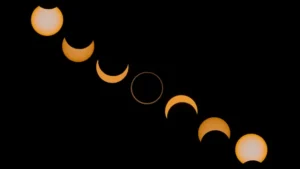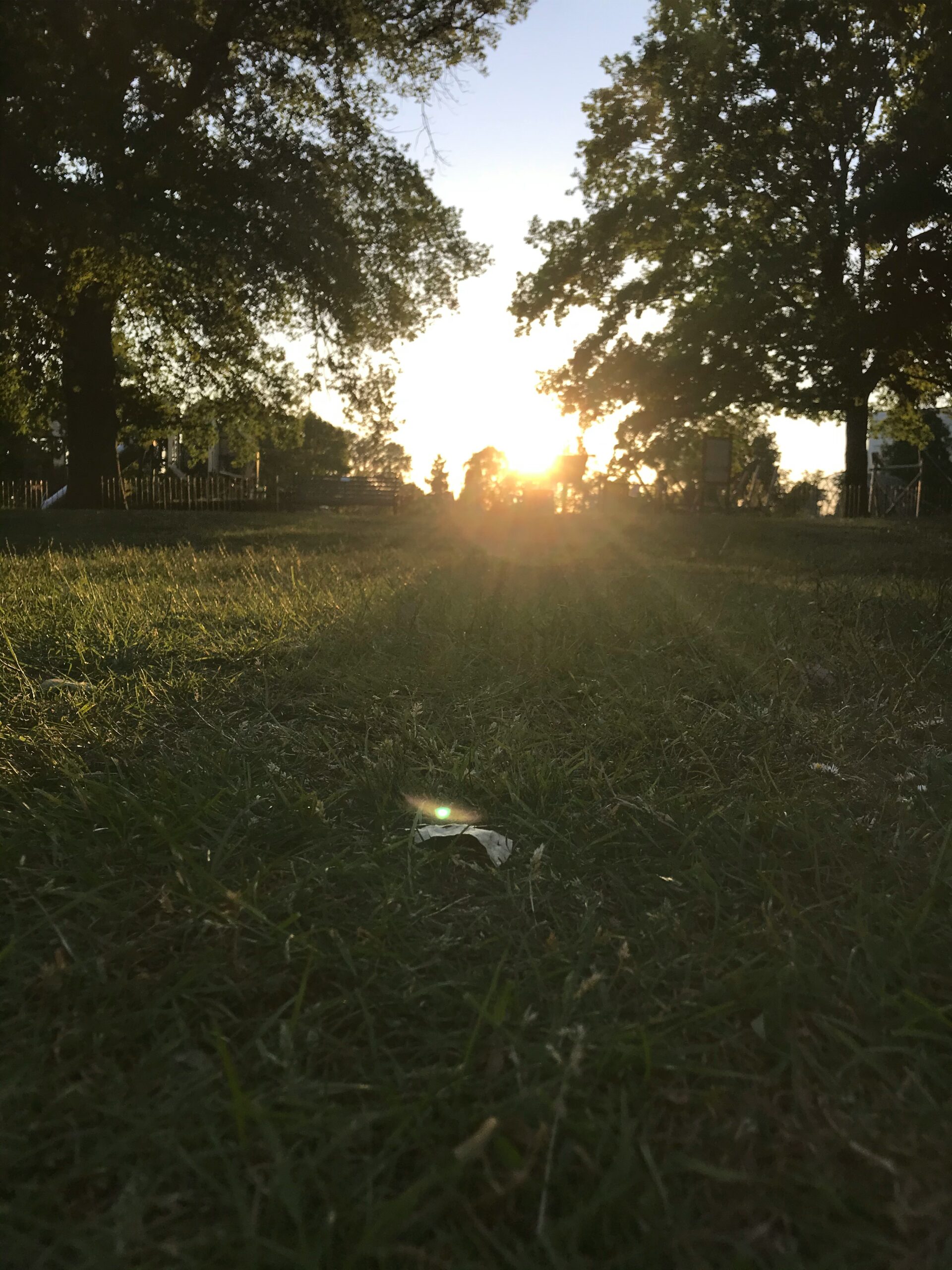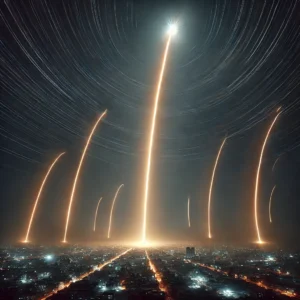Earth’s Temporary Second Moon: An Autumn 2024 Visitor
Earth has only one natural satellite, but 2023 HO3’s temporary stay gives astronomers a unique opportunity to observe a rare cosmic occurrence.

Pixabay
An extraordinary event will unfold in the cosmos as we enter the autumn of 2024: Earth will briefly host a second moon. This “moon,” an asteroid known as 2023 HO3, will momentarily enter Earth’s orbit, marking its presence as a quasi-satellite.
Earth has only one natural satellite, the Moon, but 2023 HO3’s temporary stay gives astronomers a unique opportunity to observe a rare cosmic occurrence.
2023 HO3 is an asteroid with a diameter of around 40 to 100 meters. It was first discovered by the Pan-STARRS 1 telescope in Hawaii in 2016.
Since then, scientists have kept a close watch on its movements.
Although it does not always orbit Earth, its path brings it close enough to be considered a quasi-satellite—a celestial body that appears to orbit Earth, but actually orbits the Sun.
This autumn, however, 2023 HO3 will stay within Earth’s orbit for a brief period, providing a fleeting experience of having two moons in the sky.
Orbital Dynamics and Characteristics
The asteroid’s orbit is unique.
2023 HO3 constantly dances between Earth and the Sun, sometimes getting pulled slightly by Earth’s gravity.
It doesn’t behave like a traditional satellite when it enters Earth’s orbit. Its movement is more of a looping motion.
Paul Chodas, a researcher at NASA’s Center for Near-Earth Object Studies, described it as “a companion to Earth” rather than a permanent satellite (Chodas).
2023 HO3’s brief stay as a second moon will not have any significant gravitational effects on Earth. Its distance from our planet—ranging from 38 to 100 times the distance between Earth and the Moon—means its presence will largely go unnoticed by the naked eye.
However, astronomers will have the opportunity to study this celestial visitor up close.
A Brief History of Earth’s Quasi-Moons
2023 HO3 is not the first asteroid to become a quasi-moon of Earth.
Several asteroids have temporarily orbited Earth in the past.
One such asteroid, 2020 CD3, stayed in Earth’s orbit from 2018 until early 2020 before drifting away (Jedicke). These quasi-moons are fascinating because they offer insights into how gravitational forces shape the movement of celestial objects.
Scientific Significance
The study of quasi-moons like 2023 HO3 provides scientists with a deeper understanding of Earth’s gravitational influence and the complex orbits of near-Earth objects.
During this brief period in autumn 2024, astronomers will use telescopes around the world to closely monitor 2023 HO3.
The asteroid’s movements, composition, and size can provide critical data for future missions to asteroids, as well as for planetary defense strategies.
2023 HO3 will only be Earth’s second moon for a short time this autumn. Its presence offers an exciting glimpse into the dynamic relationships between our planet and near-Earth objects.
Image: Pixabay
——-
Works Cited
Chodas, Paul. “Earth’s Constant Companion.” NASA Center for Near-Earth Object Studies, 2024.
Jedicke, Robert. “Temporary Moons and Quasi-Satellites.” Astronomical Journal, vol. 160, no. 6, 2020, pp. 250-258.








